Article Highlights:
It’s time to develop a new definition for content marketing, one that moves the focus to digital experiences and sales. In this article you’ll discover:
- How a digital-only environment fuels a crucial mindset shift for marketers
- Why today’s successful firms are focusing their content operation to support sales enablement
- Questions to help you objectively determine if your content is ready to drive sales
It’s time to develop a new definition for content marketing, one that moves from a digital-first mindset to a digital-only strategy. COVID-19 changed every aspect of the way we work. But, it also created the perfect opportunity to lay the groundwork for a content marketing operation that sells.
Organizations are adapting to increasingly digital interactions and a fast-changing customer experience. McKinsey found that 96% of B2B organizations have pivoted to remote selling, and, as 50% of B2B buyers reduce spending, effective sales and marketing is more critical than ever. For marketing leaders that means pivoting away from a broader, top-of-the-funnel approach to content and focusing instead on more strategic mid- and bottom-of-the-funnel content that helps companies meet their urgent business needs.
Today, firms must focus their content operations to support sales enablement, partner support, digital experiences, and demand generation campaigns. Here’s how to find the right roadmap to high-impact marketing content for your brand.
Digital-first is now digital-only
Let’s get real for a moment: This change is a seismic one for many brands in the way they approach marketing, sales, and the digital customer journey. It’s a transformational mindset shift — and with that comes growing pains.
The idea of content marketing as just maintaining a blog, for example, was already outdated. In today’s high-stakes digital environment, marketers are refocusing content to include areas like sales enablement and customer success. They are also working to make sure that every piece of content created ties into a larger strategy. This way of thinking has been a long time coming. It’s no longer optional. Content creation, distribution, and success measurement must tightly align with demand creation and sales.
Ask the right questions
Knowing how you’re going to fare in this environment can be tough — it’s important to objectively look at your existing processes and ask the right questions. Is your content ready to help drive sales?
Here are some top-level factors to consider:
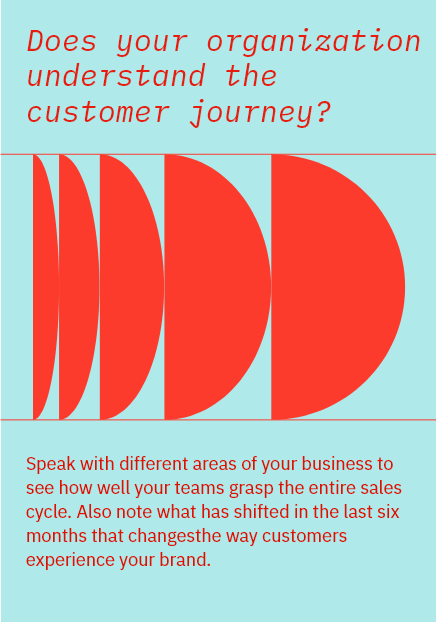
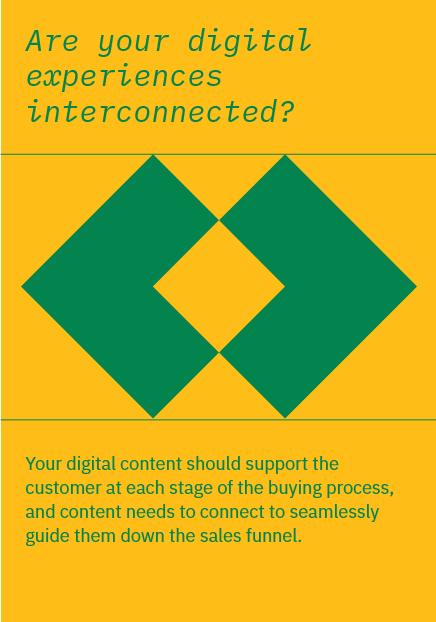
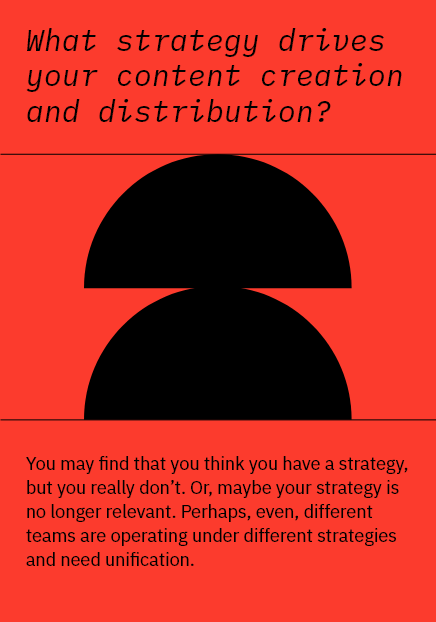
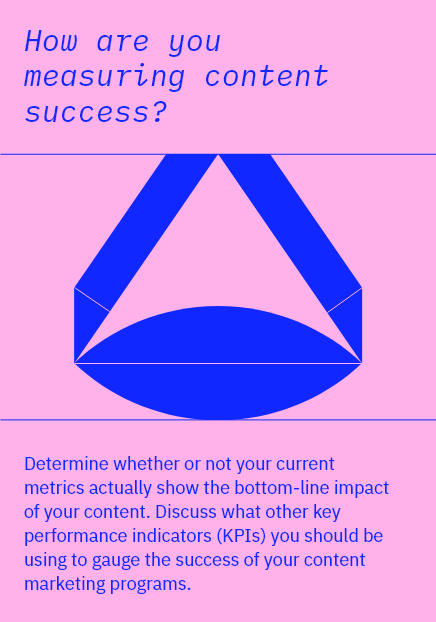
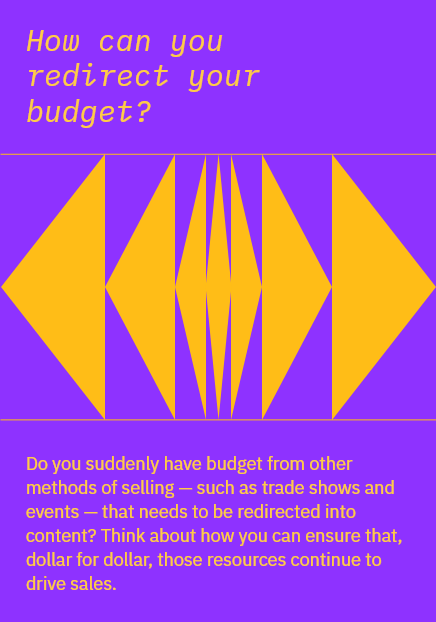
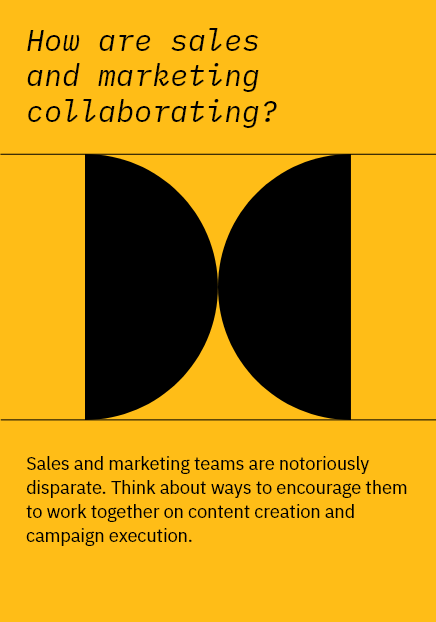
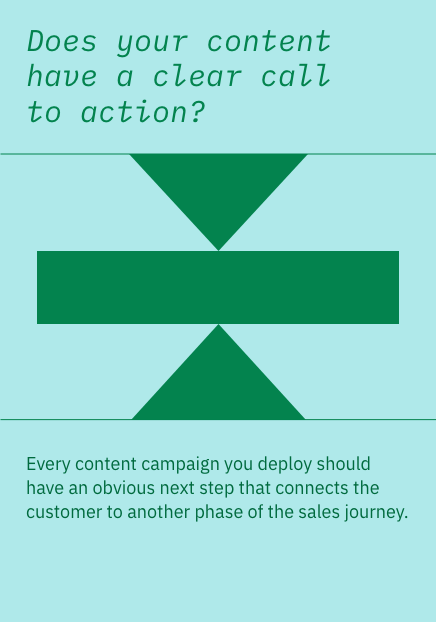
With these questions asked and answered, you’re ready to get laser focused on generating bottom-line results. Wondering how to get started? Here are four content types that should be on your radar.
If you’re ready to develop a performance marketing roadmap, Stoke can help. Contact us to discuss your needs today.

